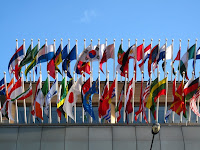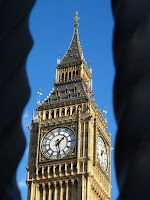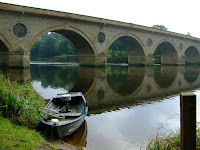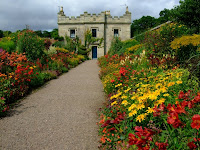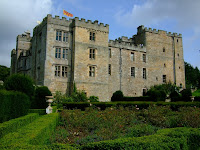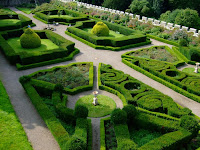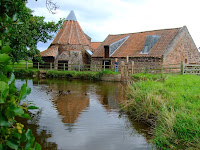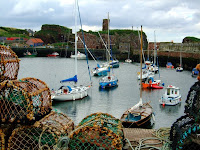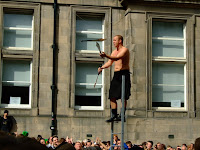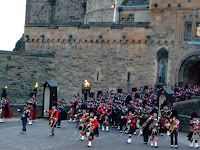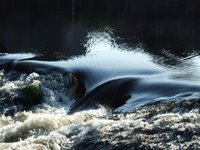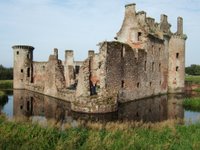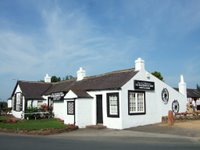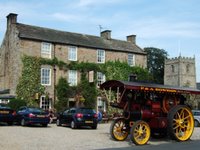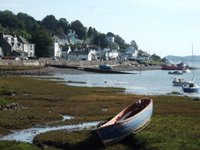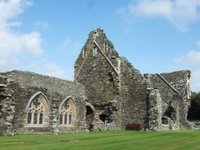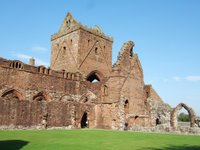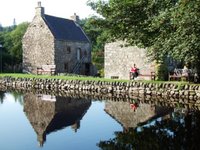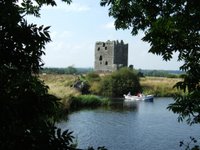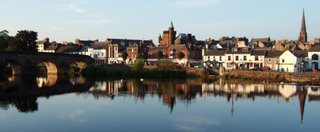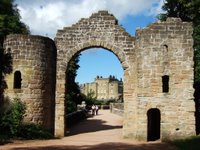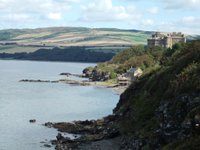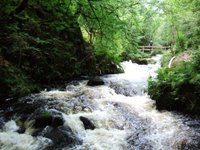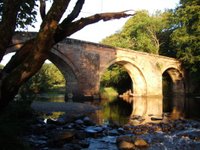 The winter in London has now officially been declared the coldest and wettest in 31 years. One good aspect of this is that we have been encouraged to spend time in the many excellent museums in London.
The winter in London has now officially been declared the coldest and wettest in 31 years. One good aspect of this is that we have been encouraged to spend time in the many excellent museums in London.T
 oday we visited the 'Cabinet War Rooms' and 'Churchill Museum'. This has a high entrance fee (although if you travel by rail, there is a 2 for 1 deal), but the museum is well worth it. The venue is the original underground bunker used by Churchill and his Cabinet during World War II. Many of the rooms are just as they were left at the end of the war, which was a fascinating insight into the war years.
oday we visited the 'Cabinet War Rooms' and 'Churchill Museum'. This has a high entrance fee (although if you travel by rail, there is a 2 for 1 deal), but the museum is well worth it. The venue is the original underground bunker used by Churchill and his Cabinet during World War II. Many of the rooms are just as they were left at the end of the war, which was a fascinating insight into the war years.
 The Churchill Museum was brilliantly done. They turned a review of one man's life into an interactive experience. As well as the many display cases, highlighting different phases of his life, the central portion of the room was occupied by a long interactive 'calendar' of almost every day of Churchill's life. It was possible to see what he did the day I was born, and when a notable day was selected,
The Churchill Museum was brilliantly done. They turned a review of one man's life into an interactive experience. As well as the many display cases, highlighting different phases of his life, the central portion of the room was occupied by a long interactive 'calendar' of almost every day of Churchill's life. It was possible to see what he did the day I was born, and when a notable day was selected, 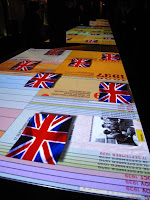 the whole display was redrawn with an appropriate symbol. For example, looking at 11 November 1918 had the entire display carpeted in poppies.
the whole display was redrawn with an appropriate symbol. For example, looking at 11 November 1918 had the entire display carpeted in poppies.In light of recent reports of current Prime Minister Gordon Brown's temper and verbal abuse of staff, it was interesting to hear a secretary's account of working for Churchill. There seemed to be a remarkable number of similarities to this week's press!






